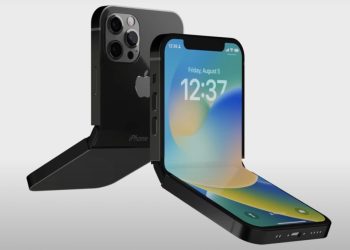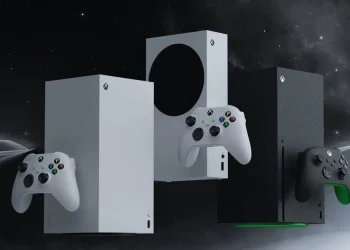keynote presentation at Apple’s Worldwide Developers Conference 2025, the tech giant revealed significant upgrades coming to its popular AirPods lineup, introducing two major enhancements that expand the earbuds’ functionality beyond traditional audio playback.
The announcement focused on professional-grade audio capture and wireless camera operation, addressing the needs of content creators and everyday users alike. Despite earlier speculation about additional gesture controls and features, Apple concentrated on these two core improvements for the AirPods ecosystem.
The enhanced recording capability leverages Apple’s H2 chip technology combined with advanced beamforming microphone arrays and computational audio processing to deliver superior sound quality during content creation. Users will experience cleaner audio capture even in challenging acoustic environments or while recording on the move. This technological integration also improves voice clarity during iPhone calls, FaceTime conversations, and other communication applications, providing more natural-sounding audio transmission.
These improvements will be available across multiple AirPods models, including the standard AirPods 4, the AirPods 4 equipped with Active Noise Cancellation, and the AirPods Pro 2.
The wireless camera control feature introduces a new interaction method through the AirPods stem. By pressing and holding the stem, users can remotely trigger photo capture or initiate video recording through the iPhone’s Camera app or compatible third-party applications. This functionality offers particular advantages for content creators who frequently record themselves, eliminating the need for timer setups or voice commands when positioning themselves away from their device.
The camera remote capability proves especially useful for individuals recording dance performances, musical content, or vlogging scenarios where manual camera operation would be impractical. The gesture-based control system may also serve as preparation for future augmented reality devices, training users for similar interaction patterns with upcoming wearable technology.
















